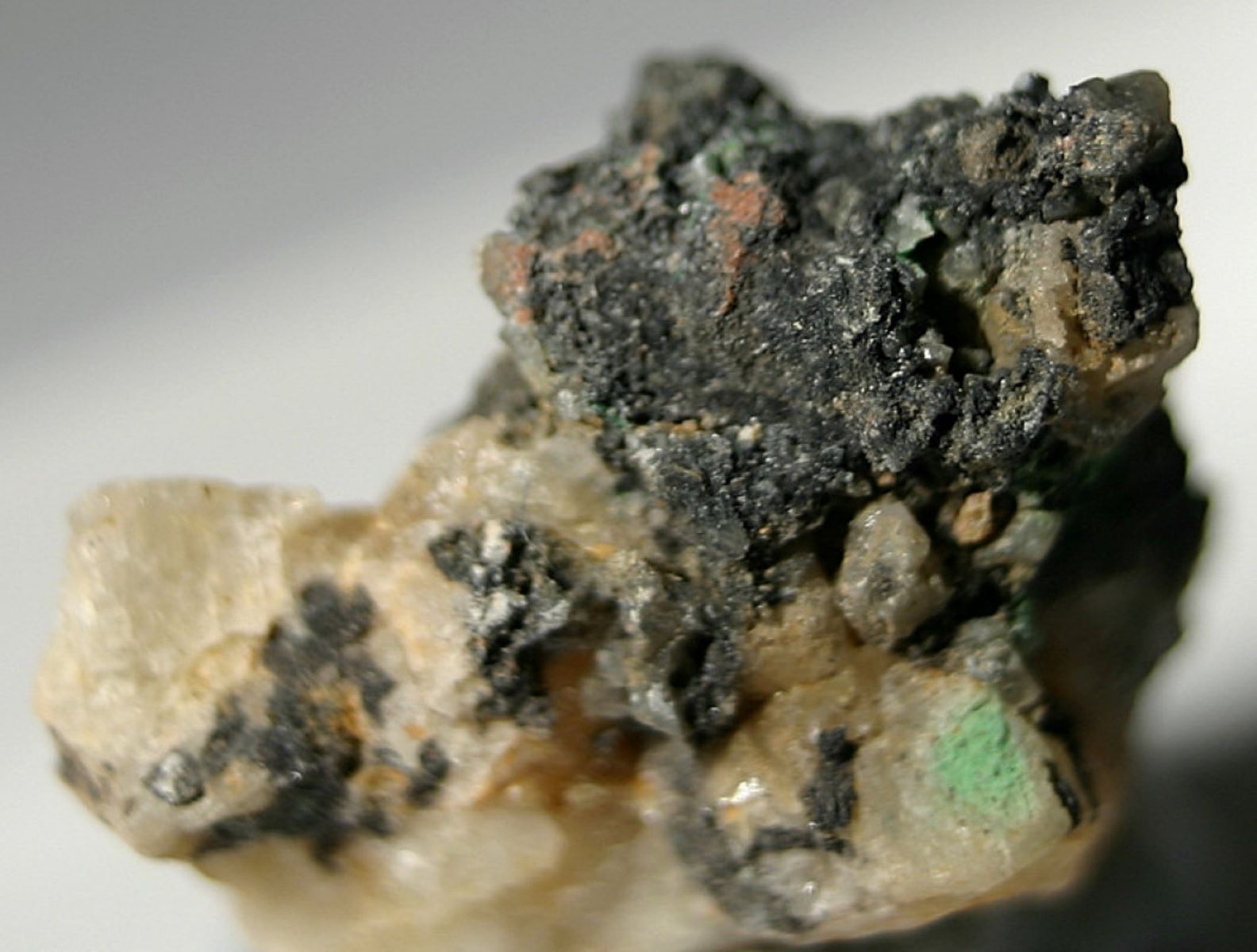
Chrisstanleyite is a rare mineral that has intrigued scientists and collectors alike. Found primarily in the Good Hope Mine in South Africa, this mineral is known for its unique composition and striking appearance. But what exactly makes Chrisstanleyite so special? It's a silver telluride mineral with a chemical formula of Ag2Pd3Te4, making it a fascinating subject for those interested in geology and mineralogy. Named after Dr. Chris J. Stanley, a renowned mineralogist, this mineral has a lot more to offer than just its name. From its discovery to its unique properties, Chrisstanleyite holds many secrets waiting to be uncovered. Ready to learn more? Let's dive into 30 intriguing facts about Chrisstanleyite!
Key Takeaways:
- Chrisstanleyite is a rare mineral discovered in 1999, named after Chris Stanley. It has unique properties, is chemically stable, and is found in various locations worldwide.
- This mineral has a high density, distinct silver-gray color, and is often found in association with other rare minerals. Its rarity and unique properties make it highly sought after by collectors and researchers.
What is Chrisstanleyite?
Chrisstanleyite is a rare mineral with a fascinating background. Named after the mineralogist Chris Stanley, it has unique properties and an interesting history. Let's dive into some intriguing facts about this mineral.
- Chrisstanleyite was discovered in 1999 in the El Dragon mine in Bolivia.
- It is named after British mineralogist Chris Stanley, who worked at the Natural History Museum in London.
- The mineral has a chemical formula of Ag2Pd3Se4, indicating it contains silver, palladium, and selenium.
- Chrisstanleyite belongs to the isometric crystal system, meaning its crystal structure is symmetrical in all directions.
- The mineral typically forms tiny, cubic crystals that are often less than 1 millimeter in size.
- It has a metallic luster, giving it a shiny, reflective appearance.
- Chrisstanleyite is opaque, meaning light does not pass through it.
- The mineral has a hardness of 3.5 on the Mohs scale, making it relatively soft.
- It is often found in association with other rare minerals like tiemannite and clausthalite.
- Chrisstanleyite is primarily found in hydrothermal veins, which are cracks in rocks filled with mineral-rich water.
Unique Properties of Chrisstanleyite
Chrisstanleyite's unique properties make it a subject of interest for mineralogists and collectors alike. Here are some of its most notable characteristics.
- The mineral has a high density of 8.6 grams per cubic centimeter, making it quite heavy for its size.
- Chrisstanleyite is chemically stable, meaning it does not easily react with other substances.
- It has a distinct silver-gray color, which can help in its identification.
- The mineral's metallic luster is due to its high metal content, particularly silver and palladium.
- Chrisstanleyite's crystals are often well-formed, with sharp edges and smooth faces.
- It is a member of the selenide mineral group, which includes minerals containing selenium.
- The mineral's isometric crystal system means it has three axes of equal length intersecting at right angles.
- Chrisstanleyite can be identified using X-ray diffraction, a technique that reveals its crystal structure.
- It is also identifiable through its unique chemical composition, which can be determined using electron microprobe analysis.
- The mineral's rarity and unique properties make it a valuable addition to mineral collections.
Where Can You Find Chrisstanleyite?
Though rare, Chrisstanleyite has been found in a few locations around the world. Here are some places where this mineral has been discovered.
- The El Dragon mine in Bolivia is the type locality for Chrisstanleyite, meaning it was first discovered there.
- It has also been found in the Hope's Nose area in Devon, England.
- Chrisstanleyite has been reported in the Good Hope mine in South Africa.
- The mineral has been discovered in the Norilsk region of Russia, known for its rich mineral deposits.
- It has also been found in the Bushveld Complex in South Africa, one of the largest layered igneous intrusions in the world.
- Chrisstanleyite occurrences have been reported in the Sudbury Basin in Canada, a major mining region.
- The mineral has been found in the Stillwater Complex in Montana, USA, another significant mining area.
- Chrisstanleyite is often found in small quantities, making it a rare and sought-after mineral.
- Collectors and researchers often seek out Chrisstanleyite specimens for their unique properties and rarity.
- The mineral's discovery in various locations highlights the diverse geological environments where it can form.
Final Thoughts on Chrisstanleyite
Chrisstanleyite, a rare mineral, holds a unique place in the world of geology. Its distinctive properties and scarcity make it a subject of fascination for scientists and collectors alike. Found primarily in a few locations, this mineral's composition and formation processes continue to intrigue researchers.
Understanding Chrisstanleyite not only adds to our knowledge of Earth's geological diversity but also highlights the complexity of mineral formation. Whether you're a geology enthusiast or just curious about rare minerals, Chrisstanleyite offers a glimpse into the intricate and beautiful world beneath our feet.
So next time you hear about rare minerals, remember Chrisstanleyite and its remarkable story. It's a testament to the wonders of nature and the ongoing quest for knowledge in the field of geology.
Frequently Asked Questions
Was this page helpful?
Our commitment to delivering trustworthy and engaging content is at the heart of what we do. Each fact on our site is contributed by real users like you, bringing a wealth of diverse insights and information. To ensure the highest standards of accuracy and reliability, our dedicated editors meticulously review each submission. This process guarantees that the facts we share are not only fascinating but also credible. Trust in our commitment to quality and authenticity as you explore and learn with us.


